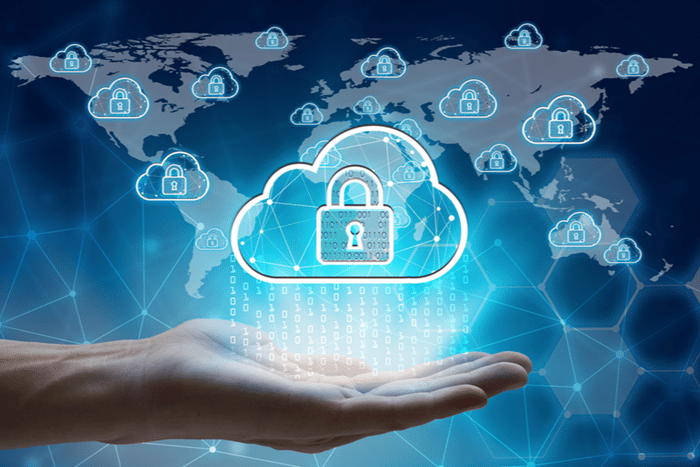How Do Leading Computer Security Companies Handle Multi-Cloud Environment Protection
Businesses now use more than one cloud service for their daily operations. Some use public cloud platforms, others use private clouds, and many use both. This setup is called a multi-cloud environment. It gives flexibility, but it also increases security challenges. Let us look at how leading computer security companies deal with these challenges and protect systems across different cloud platforms.
How Do Leading Computer Security Companies Handle Multi-Cloud Environment Protection?
What Risks Come with Multi-Cloud Systems?
When you use more than one cloud service, you face problems like:
●Different security rules on each platform
●More access points for users and attackers
●Confusing user permissions
●Inconsistent logging and alerts
These problems can lead to data leaks, account misuse, and delayed responses to attacks.
How Do Security Companies Protect These Systems?
Leading computer security companies use a layered approach to cover all areas. Their goal is to track user activity, manage access, and respond quickly to threats. They also offer tools that work across different cloud platforms from one control panel.
Their services may include:
●Identity access control
●Traffic monitoring across cloud networks
●Centralized logging
●Real-time threat detection
●Endpoint detection and response tools
This allows businesses to see what is happening on all platforms at once and take quick action when needed.
What Is the Role of Endpoint Detection and Response?
Endpoint detection and response (EDR) is a key part of cloud protection. In a multi-cloud system, users may connect from different devices and locations. These devices are endpoints. If one of them is infected or misused, it can affect the entire network.
EDR tools watch these devices. They track behavior, look for signs of attack, and respond by isolating the device or blocking access. In a multi-cloud setup, this is very important because an infected device can jump from one cloud platform to another if not stopped in time.
Leading security providers use EDR tools that work across different clouds and devices. This gives businesses real-time control and lowers the risk of data breaches.
How Are Threats Detected and Stopped?
In multi-cloud systems, threats can move quickly. So, security systems need to detect problems early. Leading companies use real-time alerts and automated responses.
For example, if an account shows sudden changes in behavior, like logging in from a new country or downloading large amounts of data, the system takes action. It may block the account, send alerts, or trigger endpoint detection and response actions. The goal is to stop the problem before it spreads.
Conclusion
Managing security in a multi-cloud setup is not simple. It brings more devices, platforms, and users into the picture. But with the right tools, these risks can be controlled. Top computer security companies offer tools that bring all systems together. They use endpoint detection and response, identity control, and real-time alerts to protect data across cloud platforms.
